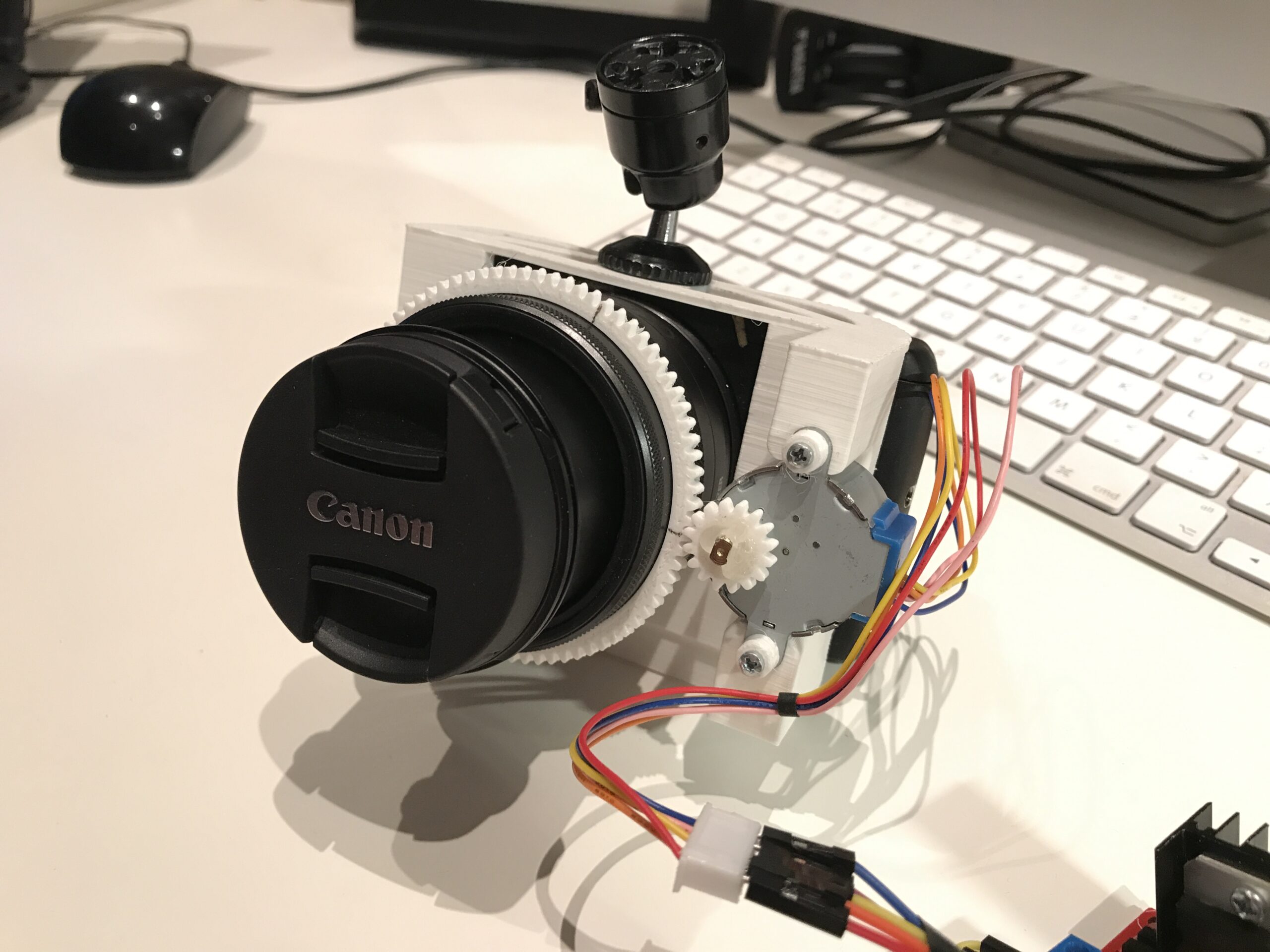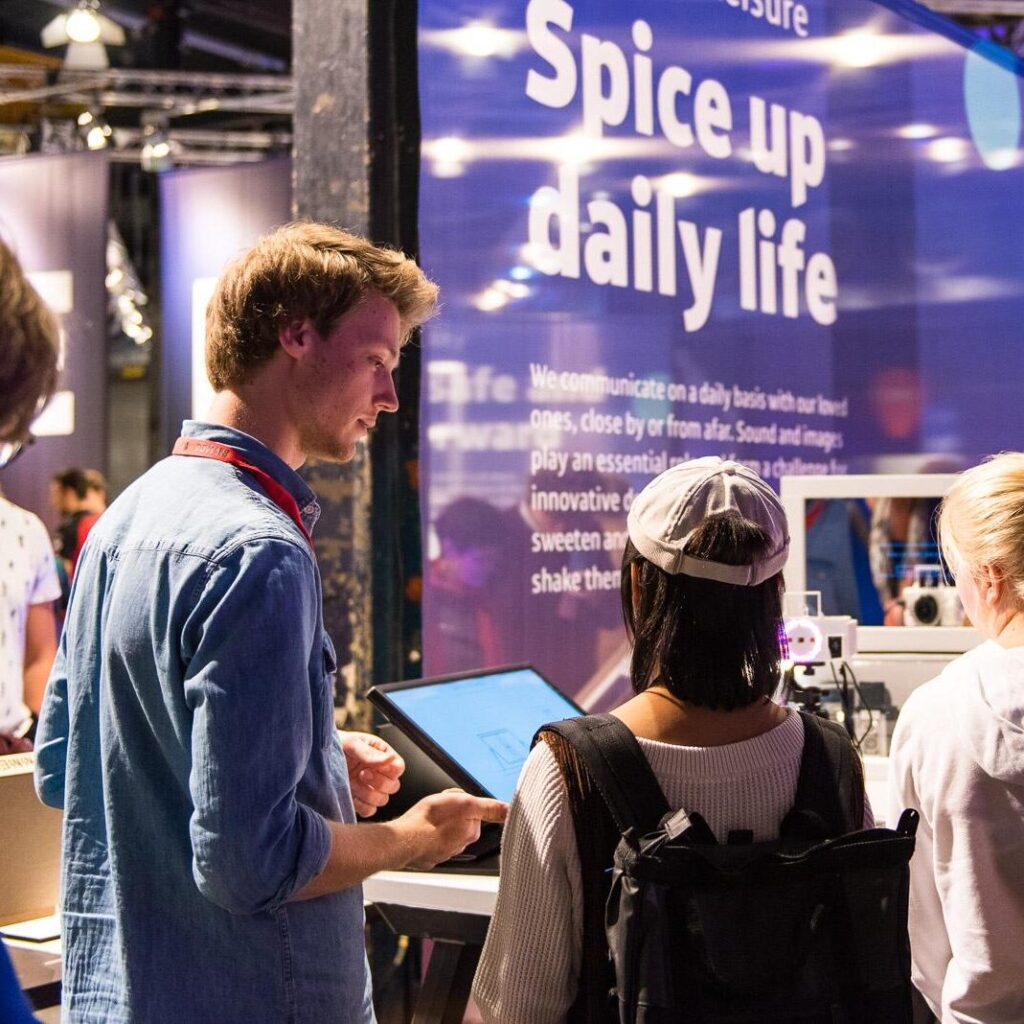Learning to do design research (2018)
As part of my Bachelor’s degree I did a project together with Sven Deinum in which we investigated how Philosophy of Technology and Design Research could inform the design process of a technological product.
We intended to find this out by using Research through Design approach. By designing a technological product, a digital photo camera, using theories from Philosophy of Technology, we formulated an answer to our research question.
In our approach, we examined a wide range of cameras from 1895 to 2016 to find out what interactions the user would have with them and how the use of such products mediated the relationships between the user, the technology and the world.
We ranked the cameras on two scales: novelty (how innovative is it?) and typicality (how recognizable is it?). The idea was that a novel product would lead to excitement with the user while typicality would lead to acceptance of the technology. This is not an uncommon idea in the world of design. Many designers are familiar with the MAYA principle. We visualized these rankings in the graph below. The goal was, after this analysis, to design a digital camera concept that would land in the top right quadrant of this novelty-typicality graph.
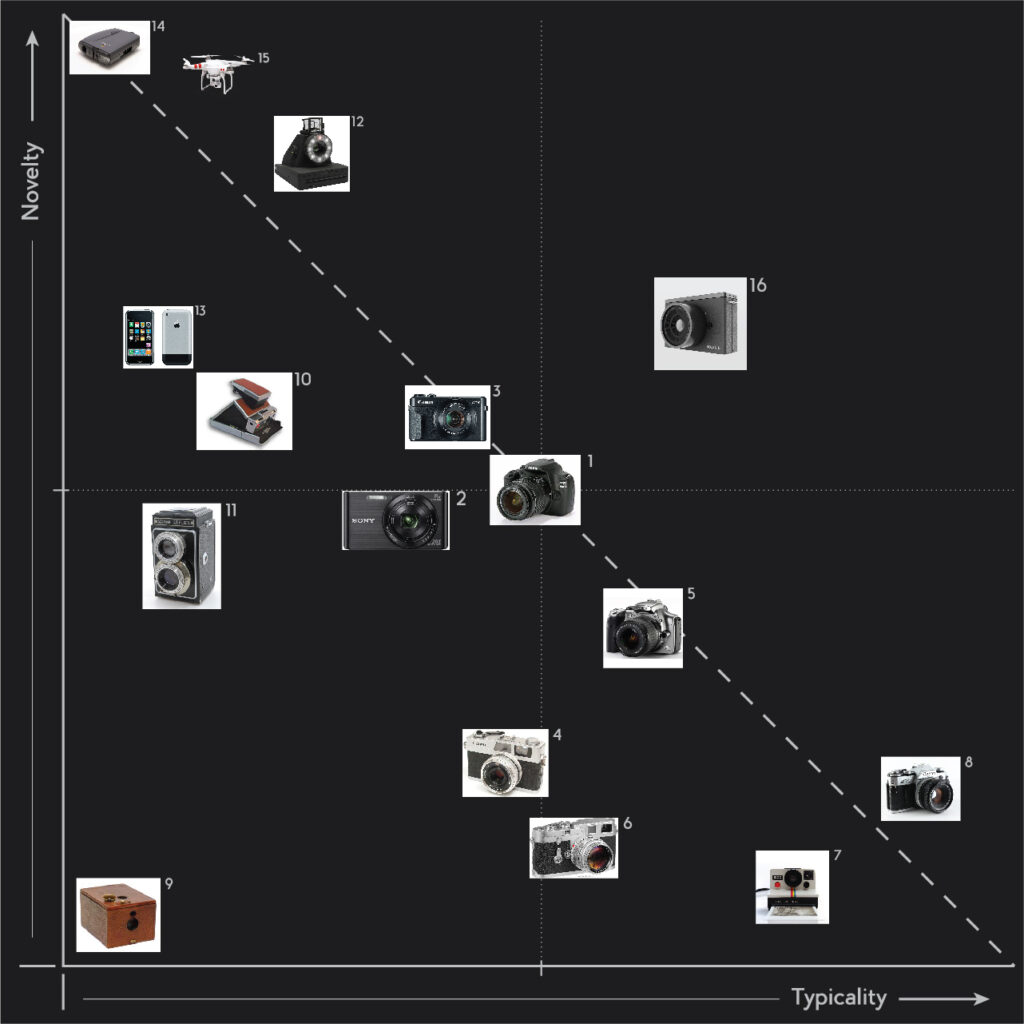
The design concept that resulted from this process is a digital photo camera that looks familiar and is based, in terms of styling, on existing camera designs and lies on the crossroads between a mirrorless camera and a smartphone camera (typicality). However, the interaction with the camera is designed to be novel. To prevent people from experiencing the world through the screen, like with many digital cameras and smartphones, the viewfinder (small window on top of the camera that you look through) is made a little bigger and the display does not show what the lens sees. This forces the user to look at the subject of the photo they’re taking more directly.
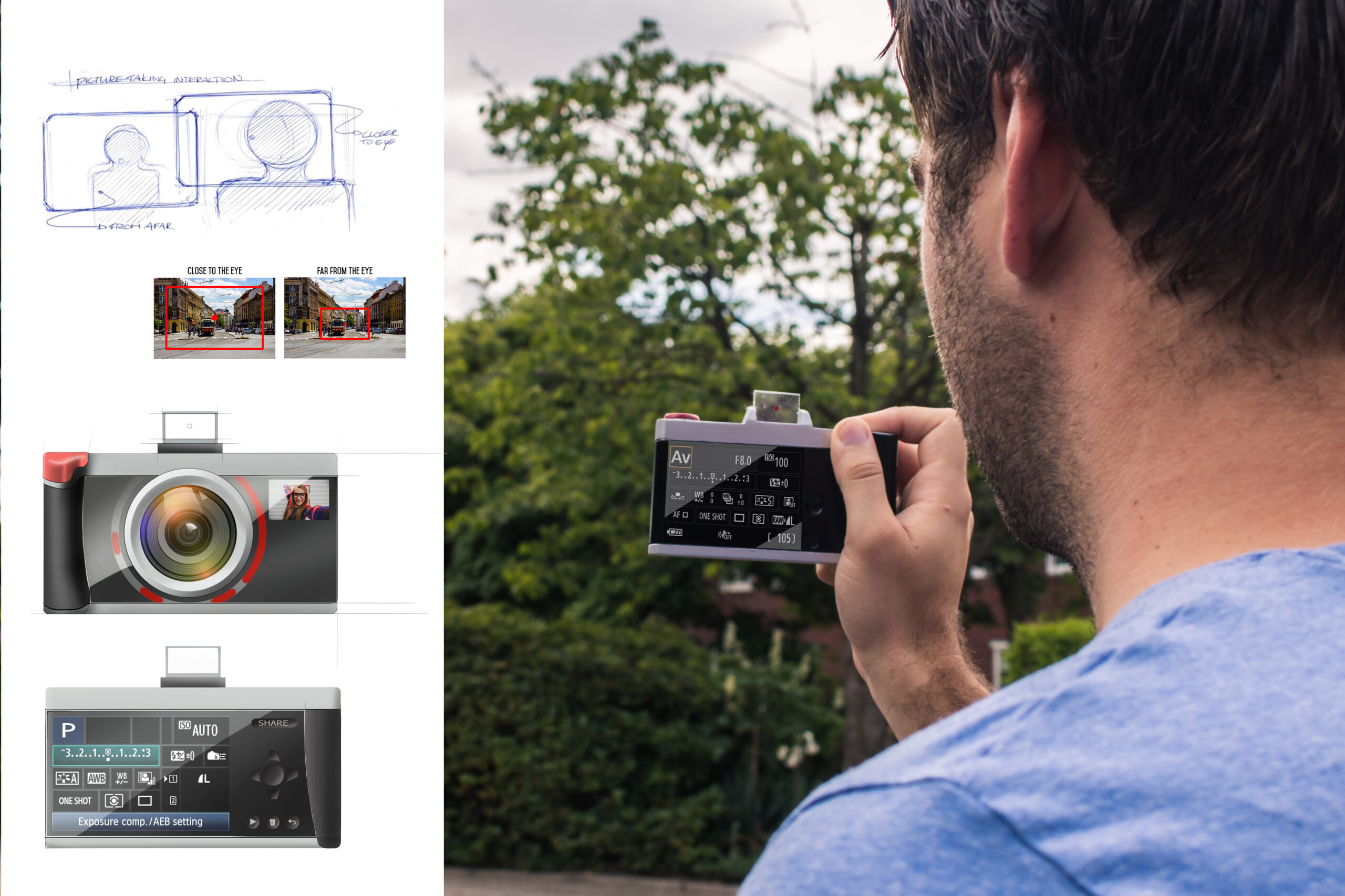
The core idea of the interaction is that the photo will be what you see through the viewfinder. That means that to zoom in, you have to move the camera away from the eye. To zoom out and get more of a wide angle, you move the viewfinder closer to the eye (see image below, the red rectangle indicates the viewfinder). Through this interaction you’re framing the world with your viewfinder, not unlike an artist framing their next composition with their hands. Through this design, we attempted to get to a more meaningful relationship with the photos that are taken.
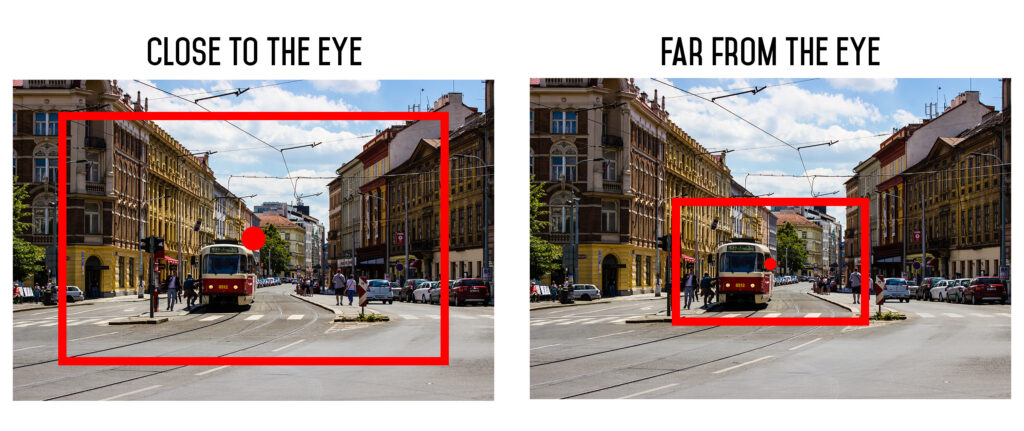
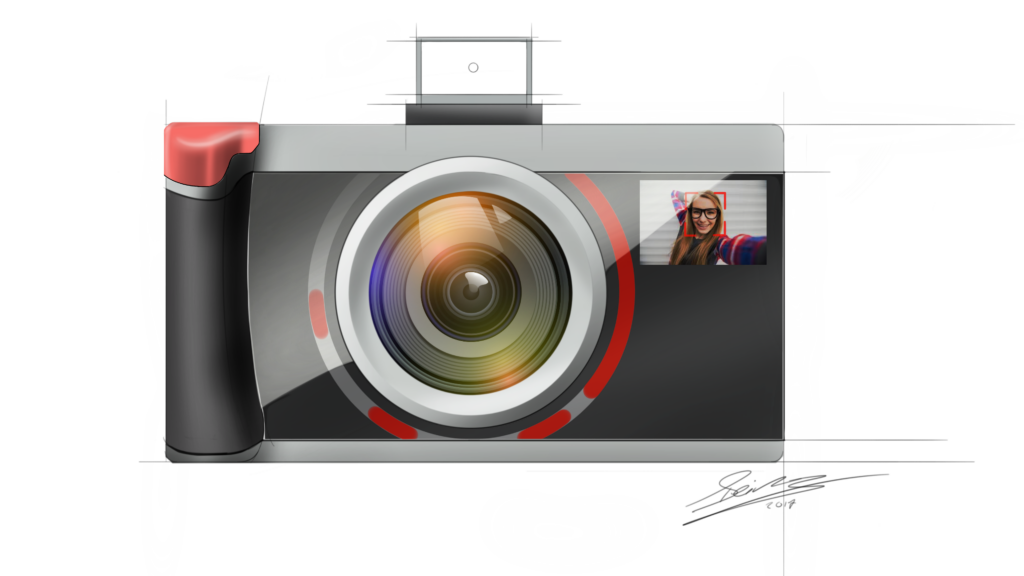
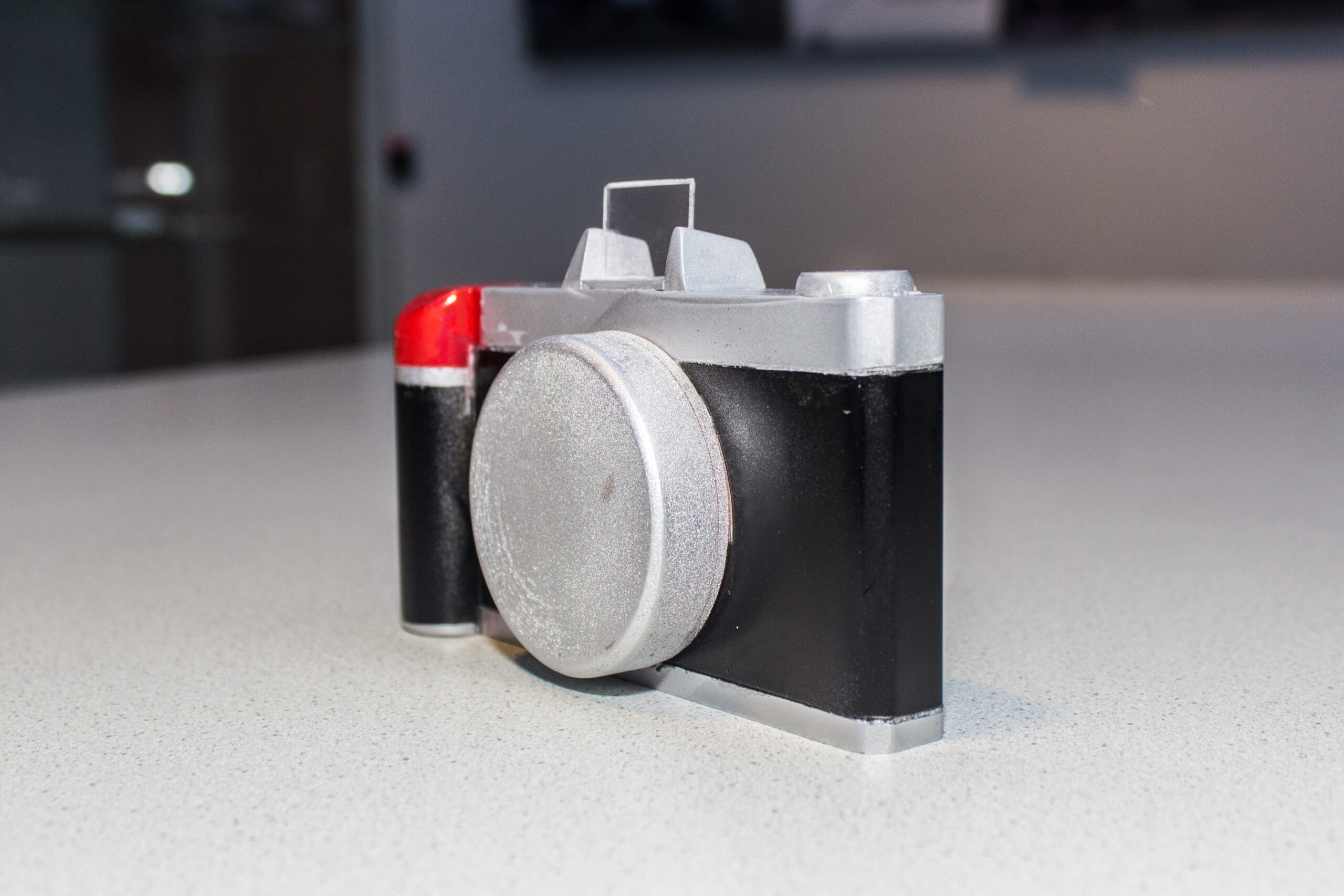
Two years after this project, we created a conceptual prototype to display at the Dutch Design Week in 2018. Reactions were enthusiastic and people were intrigued by the concept. Our showcase succeeded in sparking discussion about our relationship with technologies and how they mediate our view on the world. Through this project we learned that designers have a lot to say about how users experience the world around them and it brings with it a responsibility to make this something positive. As designers we need to be mindful of this: balancing (or better: merging) the business with the human.
